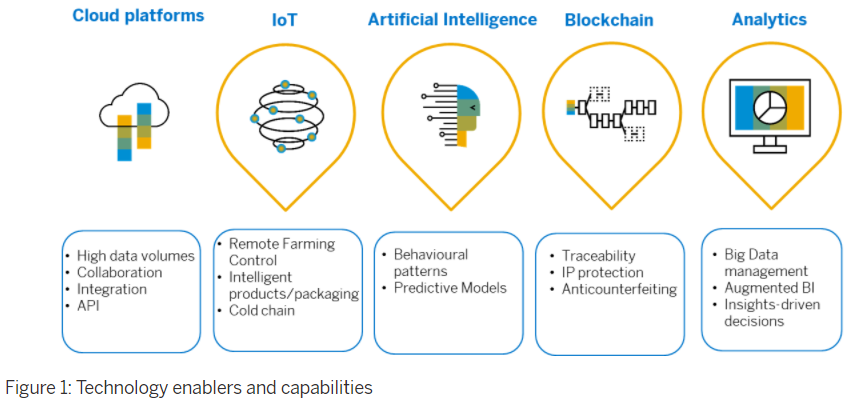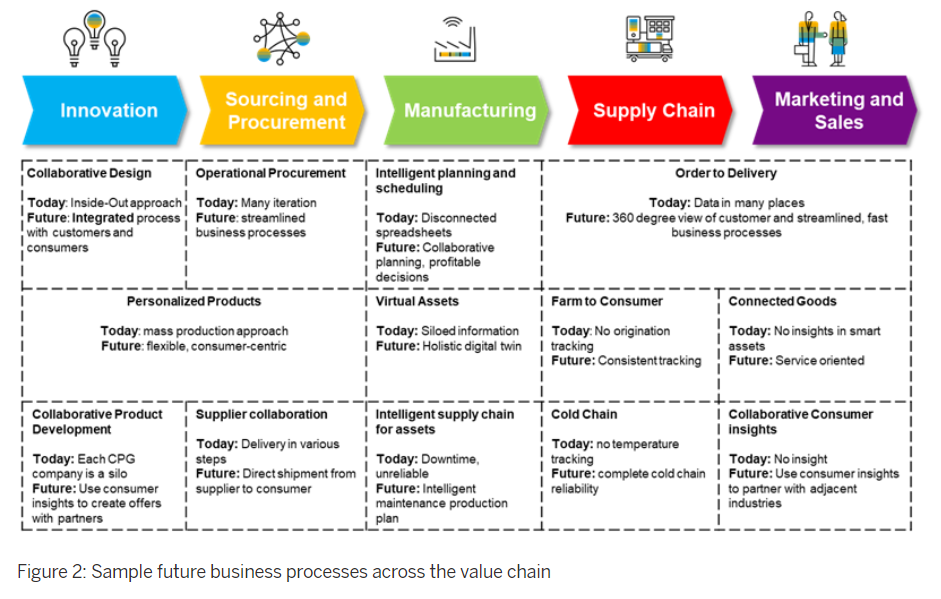
Food industry claims as large a social, geopolitical, or environmental impact as the food industry. Food production will suffer more and more from climate change and scarcity of resources. Consciousness, education, and cooperation are key to increase the accountability of individuals and communities alike. Process optimization, digitization of products and equipment, and partnerships across stakeholders can increase the odds of winning the battle. The broad picture is that agriculture and food is the largest employer in the world, yet wealth and development inequalities create chasms in productivity and access to staples.

Vertical farming refers to both rooftop greenhouses and food growth in layered stacks inside dedicated buildings. It represents an attempt to address high urban demand, resource scarcity, and short food mileage. Smart food cells: Optimization of fulfillment and distribution patterns. Personalized meals: Food preferences and needs are widely diversified for medical and well-being reasons.
The combination of nutrigenomics, physical activity tracking. and consumer preferences opens new market segments. Compliance with regulations, fraud and counterfeit reduction, visibility in food provenance and processing are among the most compelling reasons for companies to commit to traceability across the entire value chain. Cloud-based networks, IoT, and blockchain get the lion’s share of attention.
Retailers must adapt to consumers’ constantly changing purchasing preferences. Stores in unconventional locations, ready-to-eat aisles and cooking classes, and “grocerants” push the customer experience forward. Grocerants also allow consumers to combine shopping with dining in the same place.
Farm10
Feeding Innovation: Food and Beverage Industry Steps into The Future